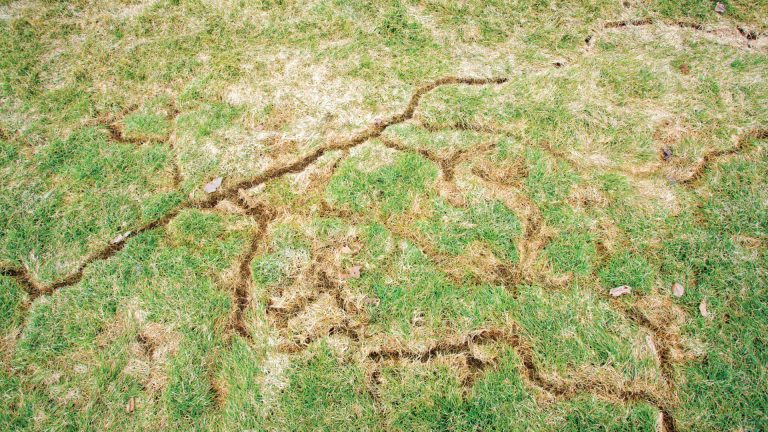Efficient Vole Control Solutions: Managing Vole Pest Issues
Efficient Vole Control Solutions: Managing Vole Pest Issues
Blog Article
Comprehensive Overview to Reliable Vole Parasite Control: Invasion Recognition and Therapy Approaches
In the realm of efficient parasite control, vole problems present an unique obstacle that demands a critical method. By discovering the nuances of vole behavior, understanding crucial indicators of infestation, and assessing an array of control choices, one can create an extensive method to battle these evasive pests.
Comprehending Vole Actions
Vole behavior is characterized by their delving habits and quick reproduction prices, making them a tough pest to manage efficiently. These tiny rodents normally produce complex passage systems underground, using them for sanctuary, food storage, and transportation. Voles are herbivores, eating a range of plants, light bulbs, roots, and yards, which can trigger substantial damages to gardens, orchards, and yards. Their fast reproductive rate further makes complex control efforts, with ladies efficient in creating multiple clutters in a solitary year, each consisting of numerous children.
Voles are most active throughout the morning and evening hours, investing most of their time foraging for food. Their burrowing practices not only disrupt yards and yards yet additionally make them testing to get rid of and discover. Comprehending vole actions is crucial for effective bug control techniques. By recognizing their burrow areas, monitoring feeding locations, and implementing targeted control methods, such as capturing or habitat alteration, vole problems can be managed successfully.
Indicators of Vole Infestation

Prevention Approaches
Implementing reliable avoidance methods is vital in lessening vole invasions and safeguarding plant life from their damaging feeding practices. To prevent vole invasions, it is vital to start by removing potential food sources and sanctuary.
Consistently inspecting the building for indications of vole activity, such as runways and burrow openings, is important for early detection and punctual action. Take into consideration making use of repellents or catches tactically placed near their pathways if vole task is thought. Employing all-natural killers like snakes or owls can additionally aid maintain vole populations in article source check. By executing a mix of these prevention techniques, garden enthusiasts and homeowners can successfully shield their plant life from vole damage.
Non-Lethal Control Techniques
To efficiently take care of vole populations while focusing on gentle methods, non-lethal control approaches use functional remedies for decreasing vole damage in landscapes and gardens. One efficient technique is the use of physical barriers such as equipment towel or cable mesh to secure vulnerable plants. These barriers can be hidden a minimum of 12 inches deep and bent at a 90-degree angle to stop voles from tunneling underneath. Furthermore, habitat alteration can deter voles by decreasing their liked food sources and concealing places. Maintaining a well-mowed lawn, getting rid of debris, and maintaining plants trimmed can make the atmosphere much less enticing to voles.

Lethal Control Options
One effective technique for dealing with vole problems in yards and landscapes entails the tactical usage of lethal control alternatives. When encountered with a severe vole invasion that non-lethal methods have fallen Learn More Here short to contain, applying lethal control procedures ends up being essential. In general, when utilizing deadly control alternatives, it is important to do so properly and in conformity with local guidelines to successfully take care of vole invasions.
Verdict
To conclude, effective vole pest control calls for a thorough understanding of browse around these guys vole actions, identification of indicators of invasion, execution of prevention techniques, and usage of both dangerous and non-lethal control approaches. By incorporating these methods, people can successfully handle vole populations and safeguard their building from damages. It is very important to address vole infestations immediately to protect against further issues and decrease the effect on the surrounding setting.
Provided the intricate passage systems and quick recreation prices characteristic of voles, recognizing the indications of vole problem comes to be necessary in reliable parasite control. One of the primary indications of vole presence is the existence of surface paths or routes in yard or snow, normally regarding 1-2 inches vast, produced as voles take a trip between their burrows and food resources.To properly manage vole populations while prioritizing humane methods, non-lethal control techniques use useful solutions for lowering vole damages in yards and landscapes.One effective method for attending to vole infestations in landscapes and gardens includes the strategic usage of lethal control options. vole lawn damage.In final thought, reliable vole insect control calls for a detailed understanding of vole actions, identification of indications of invasion, implementation of avoidance approaches, and utilization of both deadly and non-lethal control techniques
Report this page